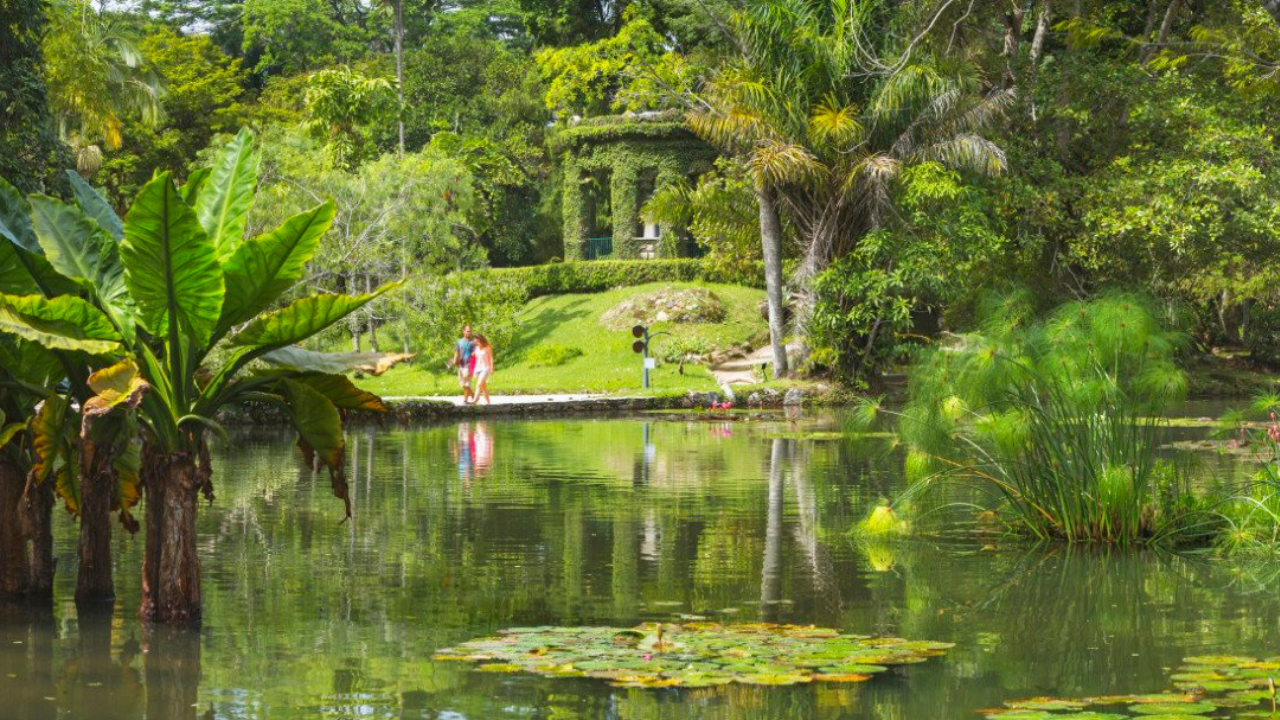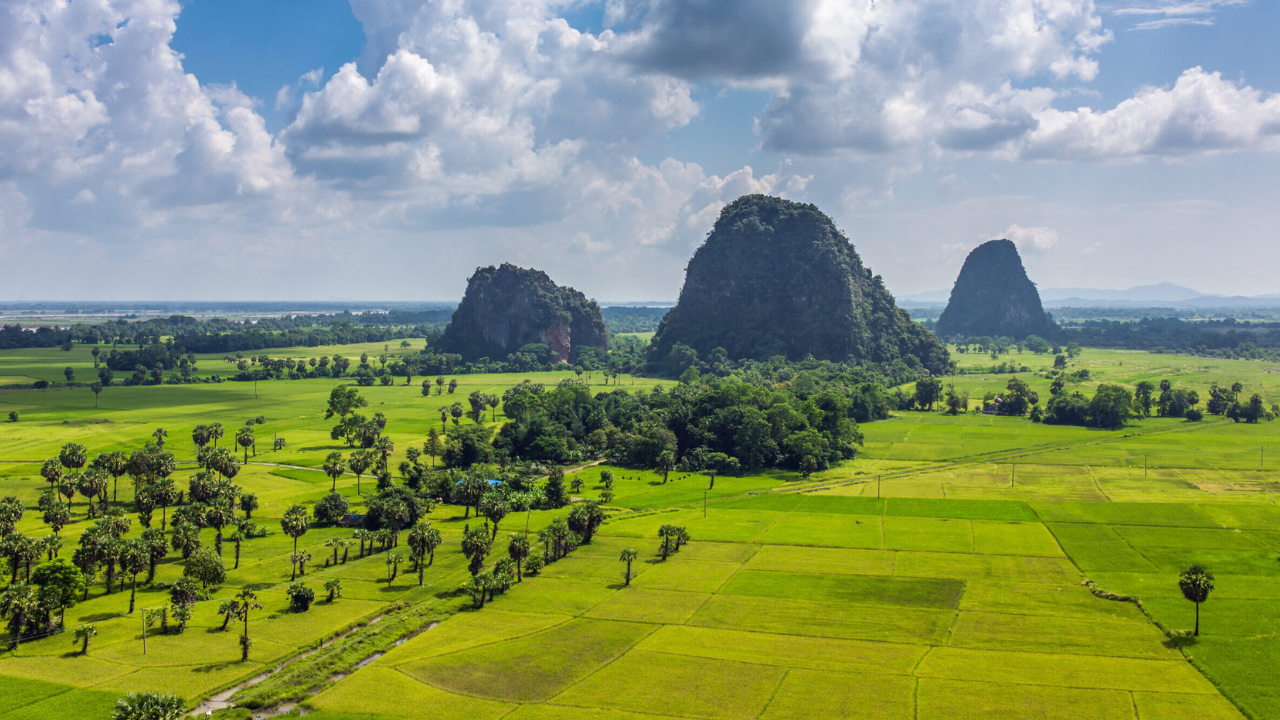
Forests Win Big in the Paris Agreement: A Triumph for Nature and Humanity
When the Paris Agreement was adopted on December 12, 2015, at COP21, it marked a historic turning point in global climate action. Among its many victories, one stands out as a beacon of hope for nature lovers, adventurers, and conservationists alike: forests emerged as big winners. This landmark accord, signed by 196 parties, recognized the critical role of forests in combating climate change, securing their place as a cornerstone of international environmental policy. Nearly a decade later, as we stand on March 27, 2025, the ripple effects of this decision continue to shape our woodlands and our lives. In this blog-style exploration, we’ll dive into how the Paris Agreement has elevated forests, touching on conservation, recreation, wellness, and the sheer joy of woodland exploration. Whether you’re pitching a tent, snapping photos, or identifying trees, the agreement’s legacy offers something for everyone.
A Blog-Style Introduction: The Forest Awakening
Picture this: a crisp morning in a woodland glade, the scent of pine in the air, and the distant call of a bird echoing through the trees. For centuries, forests have been humanity’s silent partners—purifying our air, storing carbon, and cradling biodiversity. Yet, they’ve also been under siege, felled by axes and scorched by wildfires. The Paris Agreement changed that narrative. By embedding forest conservation into global climate goals—specifically through mechanisms like REDD+ (Reducing Emissions from Deforestation and Forest Degradation)—it handed forests a megaphone. This isn’t just policy jargon; it’s a call to action that resonates from the Amazon to your local campsite. Let’s unpack how this victory fuels forest conservation and enriches our woodland experiences.
Forest Conservation: The Paris Agreement’s Green Heart
At its core, the Paris Agreement aims to limit global warming to well below 2°C, with an aspirational target of 1.5°C. Forests are indispensable to this mission, acting as natural carbon sinks that absorb roughly 2.6 billion metric tons of CO2 annually—about a third of fossil fuel emissions. Article 5 of the agreement explicitly encourages parties to conserve and enhance these sinks, spotlighting forests as a climate solution. REDD+, a framework refined over years of negotiations, incentivizes developing nations to halt deforestation, offering financial rewards for verifiable emission reductions.
Take Costa Rica, a trailblazer in this arena. By 2025, it became the first Latin American country to receive multiple payments from the World Bank’s Forest Carbon Partnership Facility, unlocking up to $60 million for reducing 12 million tons of CO2 emissions through 2025. This success—rooted in policies like its Payment for Environmental Services program—shows how the Paris Agreement translates into tangible forest protection. Globally, countries have integrated forest goals into their Nationally Determined Contributions (NDCs), with over 100 nations referencing REDD+ or afforestation by 2025. This season’s conservation efforts, bolstered by such commitments, ensure woodlands remain vibrant for camping, wildlife, and future generations.
Camping in Woodlands: A Paris-Fueled Escape
The Paris Agreement doesn’t just save trees—it enhances our adventures among them. Camping in woodlands has surged in popularity, and the agreement’s push for forest preservation ensures these sanctuaries endure. In the U.S., the National Forest Service has expanded prescribed burns and reforestation—efforts aligned with Paris goals—creating safer, healthier campsites. Imagine pitching a tent in Oregon’s Willamette National Forest, where restored pine stands, funded partly by carbon credit schemes, offer a pristine backdrop.
Globally, protected forests mean more opportunities for campers. In Brazil, the Amazon’s Juma Sustainable Development Reserve, supported by REDD+ funding, welcomes eco-tourists to camp amid jaguar-haunted jungles. Closer to home, the UK’s Forestry Commission, inspired by Paris targets, has planted millions of trees since 2015, expanding woodland camping options like Kielder Forest. These sites aren’t just pretty—they’re proof that climate policy can pitch a tent right alongside us, blending conservation with recreation.
Fitness & Wellness: Forests as Healing Havens
The Paris Agreement’s forest focus also boosts our well-being. Studies show that time in woodlands lowers stress, boosts immunity, and enhances fitness—benefits now safeguarded by global climate action. Japan’s “forest bathing” (shinrin-yoku), a practice of immersing oneself in nature, has gained traction worldwide, with Paris-protected forests providing the perfect setting. In 2025, wellness retreats in Germany’s Black Forest, a region revitalized by reforestation efforts, report record attendance, linking physical hikes with mental peace.
In the U.S., initiatives like the Forest Service’s “Forests for Health” program, indirectly supported by Paris-aligned funding, encourage outdoor exercise. A 2024 study found that adults walking in preserved woodlands three times weekly saw a 15% drop in cortisol levels. Whether you’re jogging through a restored oak grove or meditating by a stream, the agreement ensures these natural gyms stay open, marrying fitness with forest conservation.
Nature Photography: Capturing the Paris Legacy
For nature photographers, the Paris Agreement is a gift that keeps on giving. Preserved and restored forests offer endless subjects—towering trees, elusive wildlife, and seasonal shifts—all framed by a healthier ecosystem. In Canada’s boreal forest, a 2025 photography expedition captured the return of caribou, a species thriving thanks to habitat protection under Paris-inspired policies. The vibrant greens of spring or the fiery oranges of autumn, preserved by reduced deforestation, make every shot a testament to climate action.
Amateurs, too, reap the rewards. Apps like iNaturalist, paired with Paris-funded conservation data, help shutterbugs identify and document flora in places like Australia’s Daintree Rainforest. A single photo of a rare fern or a dew-kissed canopy can tell the story of a forest saved—proof that the agreement’s impact is as photogenic as it is profound.
Seasonal Woodland Activities: A Year-Round Celebration
The Paris Agreement’s forest protections amplify seasonal woodland activities. Spring 2025 brings wildflower walks in Europe’s beech forests, where REDD+ projects have curbed logging, letting blooms flourish. Summer invites berry-picking in Scandinavia’s coniferous expanses, sustained by Paris-driven carbon goals. Autumn, a photographer’s dream, dazzles with leaf-peeping in New England’s hardwood forests, where reforestation has thickened the canopy since 2015.
Winter offers its own magic—cross-country skiing in Finland’s snow-laden woods, preserved by national NDCs that prioritize forest carbon stocks. These activities, enriched by healthier ecosystems, show how the Paris Agreement turns seasons into celebrations, inviting us to engage with woodlands year-round.
Tree & Plant Identification: Knowing Our Green Allies
The Paris Agreement doesn’t just protect forests—it deepens our connection to them through tree and plant identification. Educational programs, often funded by climate initiatives, teach us to name the giants we save. In the UK, the Woodland Trust’s citizen science projects, aligned with Paris goals, have folks spotting ancient oaks (Quercus robur) and hawthorns (Crataegus monogyna), linking identity to conservation.
In the U.S., apps like Leafsnap, bolstered by forest monitoring data from Paris commitments, help users distinguish a sugar maple (Acer saccharum) from a red pine (Pinus resinosa). Knowing these species—many fire-adapted or carbon-storing—ties us to the agreement’s mission. A 2025 workshop in Oregon’s Siuslaw National Forest taught 500 participants to ID Douglas firs, reinforcing how identification fosters stewardship.
Wildlife Spotting: A Biodiversity Boom
Forests saved by the Paris Agreement teem with life, making wildlife spotting a thrilling pursuit. In Indonesia, REDD+ projects in Sumatra’s Leuser Ecosystem have stabilized habitats for orangutans, with sightings up 20% since 2020. In the U.S., the return of gray wolves to Yellowstone, aided by expanded forest buffers, delights visitors in 2025. Even suburban woodlands, like those in New York’s Hudson Valley, report more deer and songbirds thanks to Paris-inspired rewilding.
Binoculars in hand, spotters reap the rewards of a biodiversity boom. The agreement’s focus on enhancing forest carbon stocks doubles as a lifeline for species, turning every rustle in the underbrush into a potential encounter with nature’s comeback kids.
Woodland Exploration: A Global Invitation
Finally, the Paris Agreement invites us to explore woodlands with fresh eyes. In Africa, Kenya’s Mau Forest, revitalized by carbon finance, beckons hikers to its misty trails. In South America, Peru’s Manu National Park, a REDD+ success, offers treks through cloud forests alive with macaws. These explorations, made possible by Paris protections, blend adventure with awe, revealing ecosystems that might’ve vanished without global resolve.
Closer to home, restored woodlands—like Michigan’s Upper Peninsula, where 50,000 hectares were reforested by 2025—call to explorers. Whether you’re tracing a deer path or marveling at a veteran tree, the agreement ensures these journeys endure, linking local rambles to a planetary triumph.
Conclusion: Forests as Our Future
The Paris Agreement’s recognition of forests isn’t just a policy win—it’s a lifestyle revolution. From camping under preserved canopies to spotting wildlife in thriving habitats, its impact touches every woodland lover. Conservation efforts, fueled by REDD+ and NDCs, safeguard the air we breathe and the trails we tread. Fitness, photography, and seasonal fun flourish in forests that owe their vigor to a 2015 handshake in Paris.
As we move toward 2030, with nations updating their climate pledges, forests remain at the forefront. They’re not just carbon sinks—they’re playgrounds, classrooms, and sanctuaries. So, lace up your boots, grab your camera, and step into a woodland near you. The Paris Agreement didn’t just save forests; it gave them back to us—bigger, wilder, and ready for adventure.










Leave a Reply